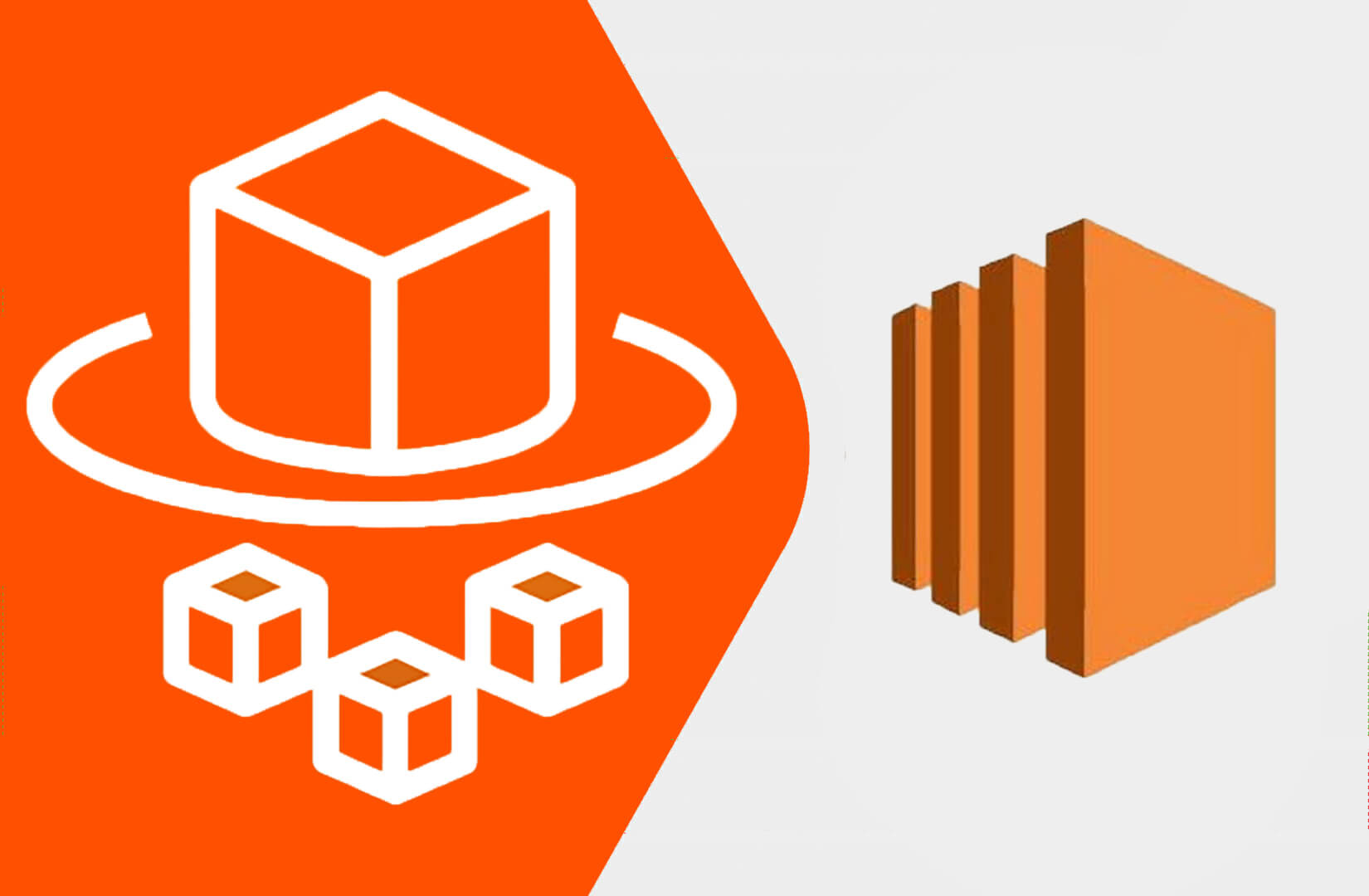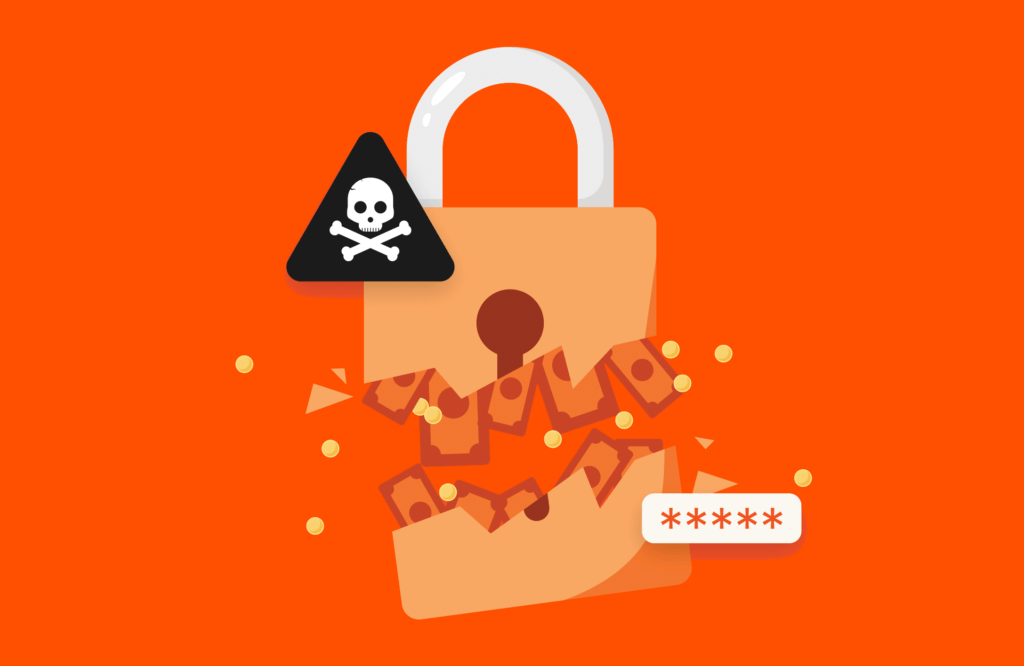Summary
Amazon Web Services (AWS) provides a vast array of tools and services. This article looked at two: Fargate and EC2. Fargate is a container technology that abstracts away the underlying infrastructure. EC2 is a compute service that provides virtual machines in the cloud.
Amazon Web Services (AWS) offers an extensive range of tools and software development and deployment services on the cloud. This includes container technologies like Fargate and compute services like EC2. Fargate is a serverless platform that abstracts away the underlying infrastructure, while EC2 provides virtual machines (VMs) that you can use to manage yourself.
Choosing between these services requires a clear understanding of their capabilities, advantages, and suitability for different use cases. Let’s see how they compare on a range of metrics.
Fargate vs. EC2: Performance and Scalability
When choosing between Fargate and EC2 for your containerized applications, performance and scalability are crucial factors to consider.
Fargate offers a managed service approach. You define your container image and resource requirements (vCPU, memory), and AWS takes care of provisioning the underlying infrastructure. This ensures consistent performance as Fargate automatically allocates resources based on your container’s needs. However, Fargate might not be ideal for applications requiring very specific hardware configurations (e.g., specialized GPUs).
Fargate seamlessly scales your containerized applications up or down based on traffic fluctuations. This ensures your application can handle sudden spikes in demand without compromising performance. There’s no need to manually provision additional resources, leading to a more hands-off approach.
With EC2, you have more granular control over the virtual machines hosting your containers. You can select specific CPU, memory, and storage configurations to fine-tune performance for your specific workload. The partnership between Pure Storage and AWS makes this more seamless. This can be advantageous for applications that benefit from dedicated resources. However, achieving optimal performance requires careful configuration and ongoing monitoring. Scaling with EC2 requires more manual intervention. You must define scaling policies that dictate when to launch or terminate AWS EC2 instances based on predefined metrics (e.g., CPU utilization). This offers flexibility but adds management overhead, especially for complex scaling scenarios.
Limitations and Advantages
While Fargate excels in automatic scaling, its reliance on a shared infrastructure might introduce slight performance overhead compared to dedicated EC2 instances. Additionally, the lack of fine-grained hardware control might limit its suitability for specific workloads.
EC2 allows for peak performance through dedicated resources and custom configurations. However, manual scaling can introduce delays and requires ongoing monitoring to avoid over- or under-provisioning.
EC2 vs. Fargate: Pricing and Cost Comparison
Cost is a significant consideration when choosing between Fargate and EC2 for containerized applications. Both platforms have different pricing models, and understanding these models, along with influencing factors, is crucial for making an informed financial decision.
Fargate uses a pay-per-use billing structure. You’re charged based on the vCPU, memory, and execution time of your containers. This simplifies cost management as you only pay for the resources your applications consume.
With Fargate, the primary cost drivers are vCPU, memory, and execution time. The higher the vCPU and memory allocated to your containers, the more you’ll be charged. Similarly, the longer your containers run, the greater the cost.
EC2 offers a wider range of pricing options, including:
- On-demand instances: Pay per hour for the compute resources you use, ideal for short-lived workloads.
- Reserved instances: Purchase instances for a fixed term at a discounted rate, suitable for predictable workloads.
- Spot instances: Bid on unused EC2 capacity for significant cost savings, but with the risk of interruption.
The cost of EC2 depends on several factors, such as the pricing model, utilization rates, and instance type (choosing the right EC2 instance type with the appropriate CPU, memory, and storage configuration significantly impacts cost).
Modern Hybrid Cloud Solutions
Accelerate innovation with a modern data platform that unifies hybrid and multicloud ecosystems.
EC2 vs. Fargate: Ease of Use and Management
The effort required to set up, deploy, and manage your containerized applications can vary significantly between Fargate and EC2. Let’s explore how each platform approaches these aspects.
1. Setup and deployment
Fargate takes the cake for simplicity. You define your container image, resource requirements, and deployment configuration. Fargate handles the underlying infrastructure provisioning and orchestration, allowing for quicker deployments with minimal manual intervention.
EC2 requires more hands-on involvement. You must provision and configure virtual machines, install container orchestration tools like Amazon ECS, and then deploy your container images. This process can be more time-consuming and complex, especially for those new to containerized deployments.
2. Management and maintenance
Fargate is a serverless offering. AWS manages the underlying infrastructure, including patching, scaling, and security updates, freeing you to focus on application development and logic.
With EC2, the management burden falls on you. You’re responsible for patching the operating systems and container orchestration software on your virtual machines, scaling resources as needed, and ensuring ongoing security measures are in place. This requires ongoing effort and technical expertise.
3. Automation and convenience features
Fargate offers built-in automatic scaling based on your container resource requests and limits. Additionally, AWS manages the container service discovery and load balancing, further simplifying management.
While EC2 allows for scaling configurations through tools like Amazon ECS, it requires more manual setup and ongoing monitoring. Security management also becomes your responsibility.
Fargate vs. EC2: Security and Compliance
Security is paramount when running containerized applications in the cloud. Both Fargate and EC2 offer robust security measures, but their approaches differ. Let’s delve into the security landscape of each platform.
Fargate leverages the inherent security benefits of the AWS infrastructure. You don’t manage the underlying servers, reducing the attack surface for potential vulnerabilities. Additionally, Fargate offers features like:
- IAM role-based access control (RBAC): Granular control over access permissions for container tasks.
- AWS security groups: Define network access rules to restrict inbound and outbound traffic for your containers.
Security with EC2 hinges on your configuration and ongoing maintenance. You’re responsible for:
- Hardening the operating systems of your virtual machines to mitigate vulnerabilities
- Keeping software (e.g., container orchestration tools) up to date with security patches
- Configuring security groups to manage network access for your containers.
Compliance Considerations
Both Fargate and EC2 can be compliant with various industry standards depending on your configuration. Fargate simplifies compliance by inheriting the security posture of the AWS infrastructure and its certifications. However, EC2 offers more granular control over security groups, which can be beneficial for achieving specific compliance requirements.
While Fargate offers a secure environment, it’s important to remember that you’re still responsible for the security of your container images and the code they contain. Additionally, Fargate relies on shared infrastructure, which might be a concern for some security-sensitive applications. With EC2, the increased control comes with increased responsibility. Misconfigurations or inadequate patching of your virtual machines can introduce security vulnerabilities.
EC2 vs. Fargate: Use Cases and Recommendations
Having explored the strengths and weaknesses of Fargate and EC2, the following are use cases where each tool works best:
Fargate excels in:
- Microservices architectures: Fargate’s automatic scaling and ease of deployment make it ideal for managing a collection of small, independent services.
- Event-driven workloads: Fargate scales seamlessly based on incoming events, making it perfect for applications that experience traffic spikes.
- Development and testing environments: The quick deployments and serverless nature of Fargate streamline development and testing cycles.
- Cost-effective deployments for unpredictable workloads: With pay-per-use billing, Fargate can be cost-effective for applications with fluctuating resource needs.
EC2 shines when:
- Fine-grained control over performance is needed: EC2 allows for specific hardware configurations to optimize performance for demanding workloads.
- Legacy applications require existing virtual machine infrastructure: EC2 integrates seamlessly with existing VM environments.
- Security requires granular control: EC2 offers more flexibility in configuring security groups and network access for security-sensitive applications.
- Cost optimization for predictable workloads: With reserved instances or spot instances, EC2 can be more cost-effective for sustained workloads.
Conclusion
As covered in this article, scalability and performance, pricing, ease of use, and security are some of the key metrics to consider when choosing between EC2 and Fargate. Combining EC2 and Fargate with Portworx® for persistent data storage helps further streamline their performance and scalability.

Written By:
Try Portworx
Take a test drive in the virtual death.






